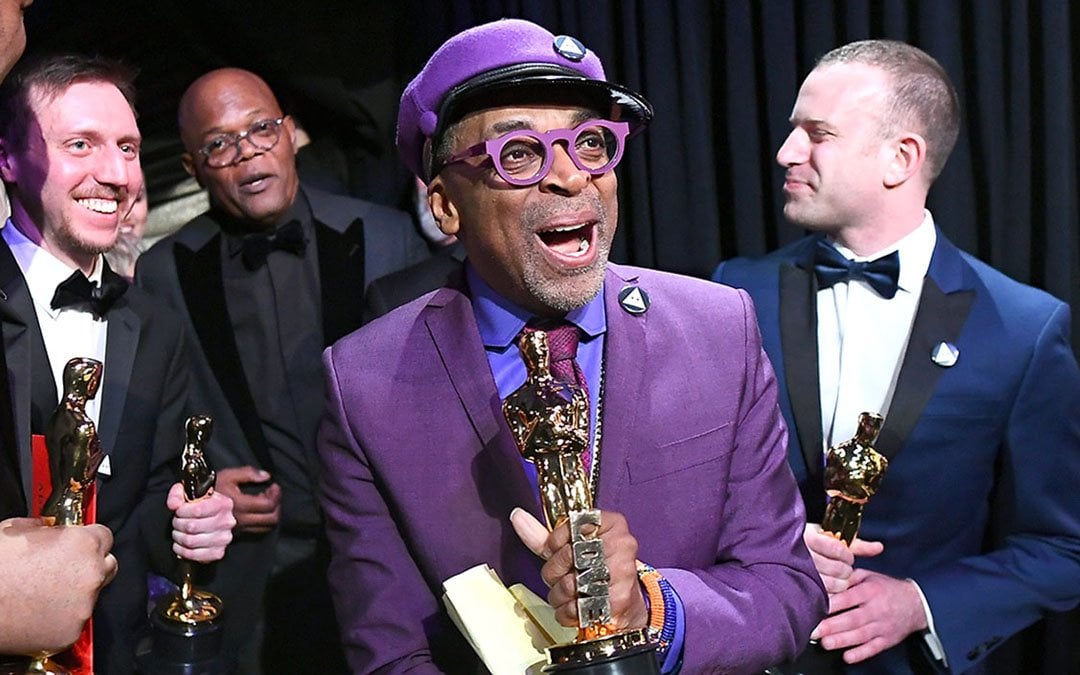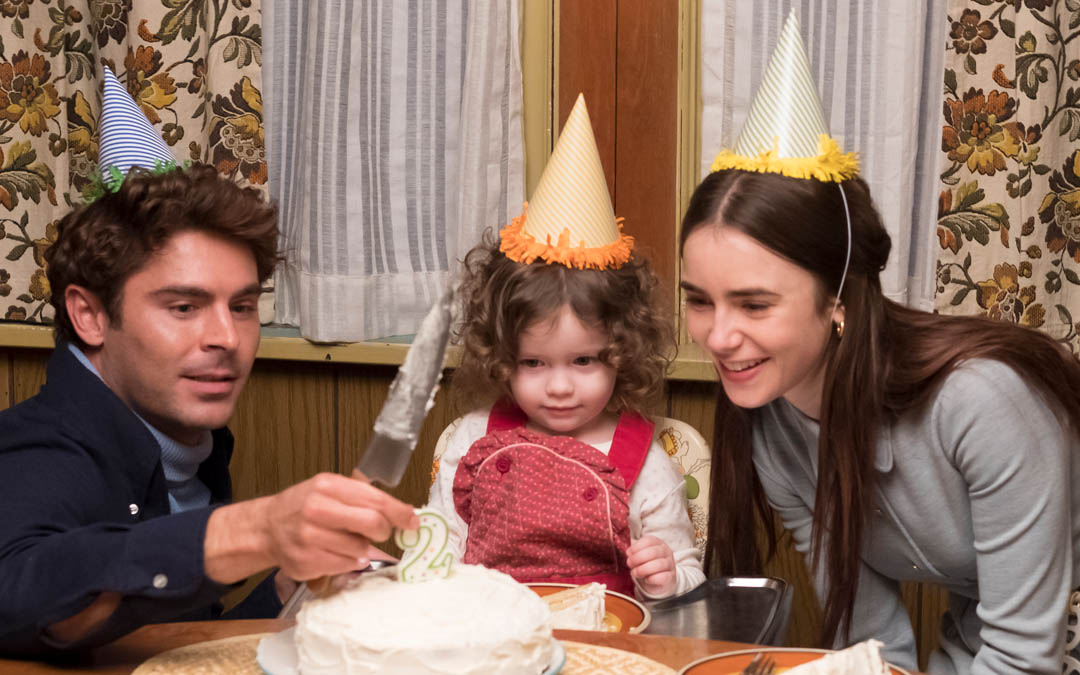The Sunlit Night Screenwriter on the Challenges of Book-to-Screen Adaptation
February 2, 2019
Rebecca Dinerstein, author of The Sunlit Night, never expected her novel to get published. She never envisioned the book would be made into a movie, and she certainly never thought she would be the one to write the adapted screenplay. “Every phase of this production has been a surprise,” she says. “I’d never written a screenplay before.”
But when Michael Clark, one of the film’s producers, asked if she wanted to give writing the screenplay a shot, she quickly said yes. “I wanted to try, expecting entirely that I'd fail and that they'd bring on a more seasoned screenwriter.”
However, that fear never came to fruition, and Dinerstein stayed on during the “years of rewriting” the screenplay endured. “But I'm thrilled with the script as it turned out; quite faithful to, and at the same time, radically different from the book. I think I was able to adapt it because I felt in no way possessive or protective of the original material. We added and deleted characters, plot lines, major elements of the book, and yet every step has always felt in service of a better movie.”
The movie follows NYC-based American painter Frances (played by Jenny Slate), and Russian émigré Yasha (Alex Sharp), who connect in the far north of Norway. As Frances tries to jumpstart her career as a painter and Yasha arrives to bury his father, the two find romance with one another.
In a way, the story is personal for its author. “I too grew up in New York and traveled alone as a young woman to the Arctic of Norway,” Dinerstein says. “But, that's where the autobiography ends. Unfortunately, there never was any Yasha in my personal experience — I was utterly single up there — and there never was any mystical yellow barn. The story unfolds along entirely fictional lines. But the original impulse to go north, that rings true to me, and that's what I love best in our story: the simple and quiet adventure of it.”
Her goal with adapting the book for the big screen was to convey “the rapture” of the far North. “Its colors, its air — its pancakes. I'm excited for audiences to immerse themselves in that jewel-like, far-away atmosphere for the first time, just as I did ten years ago. The feeling of discovery is immense and inimitable,” she says.
But this proved challenging, as a movie needs to be more than a location. The book is quiet, without huge set pieces or dramatic moments. “I come from a poetry background and my novel was largely lyrical, high on imagery, high on language, low on dramatic tension,” she explains. “Transferring the poetic landscapes of the book into concrete, dialogue-based scenes taught me a great deal about storylines, character arcs, and what makes a plot dynamic. We wanted to preserve the book's sensitivity and atmosphere, while making it compelling and energized on screen.”
Still, there are specific rules in screenwriting that must be abided by in one way or another. And translating a book to screen is never a perfect science. “Books are based in detail and tone. Sentences can linger and wander about, while still contributing to the world of the book,” Dinerstein says. “Screenplays require action, interaction, and speed. In thinking about this story for the screen, it was important to consider the book's core moments, and then re-consider how to move between them. In cutting down from a 250-page novel to a 100-page screenplay, a story crystallizes into the most necessary version of itself.”
Dinerstein’s first foray into screenwriting by adapting her own work won’t stop with The Sunlit Night. She’s currently adapting her second novel, Hex. But, with her first completed screenplay behind her, there are a few things she aims to do differently the second time around.
“I loved writing Hex after working on The Sunlit Night because I'd shed my first-novel junk and discovered a tighter, sharper feeling within writing. I think this had a lot to do with the experience of adapting for screen. I'm excited to find the most essential version of Hex, one that is light and lucid, and nonetheless complete.”
The Sunlit Night premiered at Sundance Film Festival Saturday, January 26th.
Written by: Anna Klassen
Anna Klassen is a screenwriter and journalist living in Los Angeles. She can be found on twitter and Instagram at @annajklassen.

![[L-R] Isabelle Fuhrman as “Charlotte” and Mena Massoud as “Adam” in the romance film WISH YOU WERE HERE, a Lionsgate release. Photo courtesy of Lionsgate.](https://200838.fs1.hubspotusercontent-na1.net/hubfs/200838/%5BL-R%5D%20Isabelle%20Fuhrman%20as%20%E2%80%9CCharlotte%E2%80%9D%20and%20Mena%20Massoud%20as%20%E2%80%9CAdam%E2%80%9D%20in%20the%20romance%20film%20WISH%20YOU%20WERE%20HERE%2c%20a%20Lionsgate%20release.%20Photo%20courtesy%20of%20Lionsgate..png)

